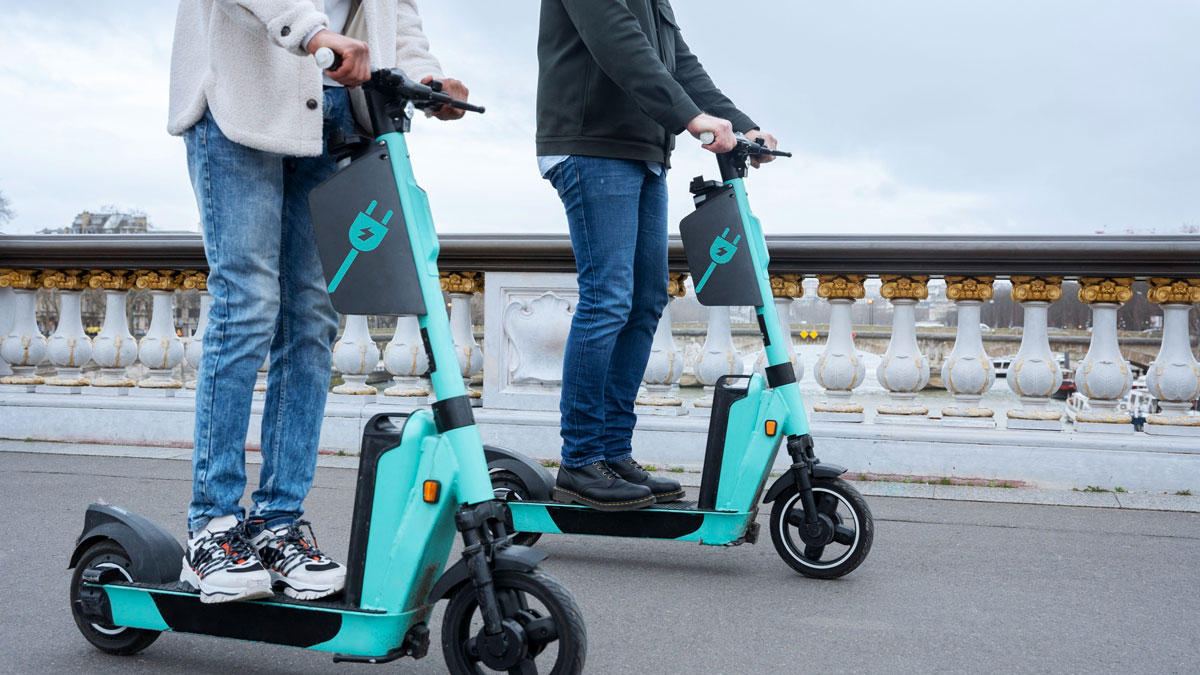In the modern age of travel, experiencing a destination isn’t just about seeing the sights—it’s about immersing yourself in a world you’ve often only encountered in movies, TV shows, books, and video games. Themed travel is more than a passing trend; it’s an exciting way to explore the world through the lens of pop culture, where your favorite characters, stories, and fictional universes come to life. From the streets of New York to the remote corners of New Zealand, here’s a look at how themed travel is transforming the way we explore and connect with the world.
Pop Culture as a Passport to Discovery
Themed travel allows travelers to experience destinations that hold a special place in their hearts through their favorite pop culture references. Whether you’re a fan of blockbuster movies, cult classic TV series, or legendary books, there’s a world of opportunities to discover real-life locations where your favorite stories were filmed or inspired.
For many, the connection is deeply personal. Whether it’s visiting the vibrant streets where “Friends” was filmed in New York City, experiencing the magical world of Harry Potter at Universal Studios, or wandering through the fictional landscapes of Middle Earth in New Zealand, themed travel gives you the chance to live out your favorite fictional moments in a tangible way.
Iconic Film and TV Locations
Some destinations are synonymous with iconic films and television shows, making them a must-visit for fans looking to engage with the stories that shaped their entertainment experiences.
- New York City – Central Perk from “Friends”
The bustling streets of New York City have been featured in countless films and TV shows. One of the most famous is the fictional coffee shop “Central Perk” from the TV show Friends. While the actual café doesn’t exist, themed cafés in the city (and around the world) let fans step into the world of Monica, Chandler, Rachel, Ross, Joey, and Phoebe. If you’re a die-hard Friends fan, this is an absolute must-see. - Los Angeles – The “Hollywood” Experience
Los Angeles is a dream destination for pop culture lovers, home to the heart of the film industry. Visit the Hollywood Walk of Fame, take studio tours, or explore iconic movie locations such as the La La Land musical scenes in Griffith Park. These sites let visitors step into the worlds of their favorite actors, films, and historic moments in Hollywood’s storied history. - London – Harry Potter’s Magical World
Harry Potter fans don’t need to look far to step into the wizarding world. London offers a range of immersive experiences, including visits to King’s Cross Station to find Platform 9¾, the Warner Bros. Studio Tour where the films were made, and several magical spots around the city that inspired J.K. Rowling’s books. London is also home to Diagon Alley and the Leaky Cauldron, featured in the Harry Potter series, making it a must-see for Potterheads.
Literary Tours: From Page to Place
For those who enjoy diving into the worlds of their favorite novels, literary tours offer a unique experience to walk in the footsteps of beloved characters.
- Edinburgh, Scotland – The Birthplace of Harry Potter
It’s no secret that J.K. Rowling wrote much of the Harry Potter series in Edinburgh’s cafés and public spaces. Take a guided tour through the city to visit the spots that inspired the world of magic, including Greyfriars Kirkyard (where the names of some Hogwarts characters are said to have been inspired by gravestones) and the Elephant House Café where Rowling wrote her first novel. - Hobbiton – New Zealand’s Middle-Earth
New Zealand is the real-world home of J.R.R. Tolkien’s Lord of the Rings and The Hobbit trilogies. Fans of Middle-Earth can visit Hobbiton, a fully restored movie set located in Matamata. The charming green hills, hobbit holes, and the iconic Green Dragon Inn make for a stunning journey through the magical world Tolkien created. New Zealand’s landscapes also offer a deeper connection to the epic fantasy tales with vast, dramatic scenery.
Gaming Destinations: Virtual Worlds Come to Life
For gaming enthusiasts, themed travel extends beyond films and literature into the interactive world of video games. Certain locations in the real world are closely linked to the themes and settings of popular video games, offering fans the chance to see these places in person.
- Norway – The World of Assassin’s Creed
For fans of the Assassin’s Creed video game series, Norway offers the stunning fjords, mountains, and coastal villages that inspired the open-world setting of Assassin’s Creed Valhalla. Visitors can explore Viking sites, museums, and historical landmarks that allow them to step into the boots of a digital assassin in this captivating real-world location. - Kyoto, Japan – The Final Fantasy Influence
For lovers of the Final Fantasy series, Kyoto’s temples, shrines, and traditional gardens have been said to inspire several landscapes in the game. The ancient city offers picturesque views, including locations like Fushimi Inari-taisha and Arashiyama, that fans can explore to feel a connection to the serene worlds of their favorite game.
The Future of Themed Travel
As our entertainment and travel experiences continue to intersect, themed travel will only grow in popularity. With the rise of immersive attractions, virtual reality experiences, and even augmented reality tours, the line between fantasy and reality will become increasingly blurred. For travelers, this means more opportunities to engage with the stories that shape our cultures in meaningful and memorable ways.
Whether you’re drawn to the historical magic of literature, the adventurous worlds of video games, or the cinematic thrills of movies and TV, themed travel provides the perfect chance to explore the world through a new lens. By engaging with pop culture in real-life locations, you get the chance to not only visit but truly experience the stories that have captured your imagination.
For your next adventure, consider stepping into the worlds you’ve come to love. You might just discover that your favorite characters, settings, and stories feel all the more real when you can walk through them in person.














